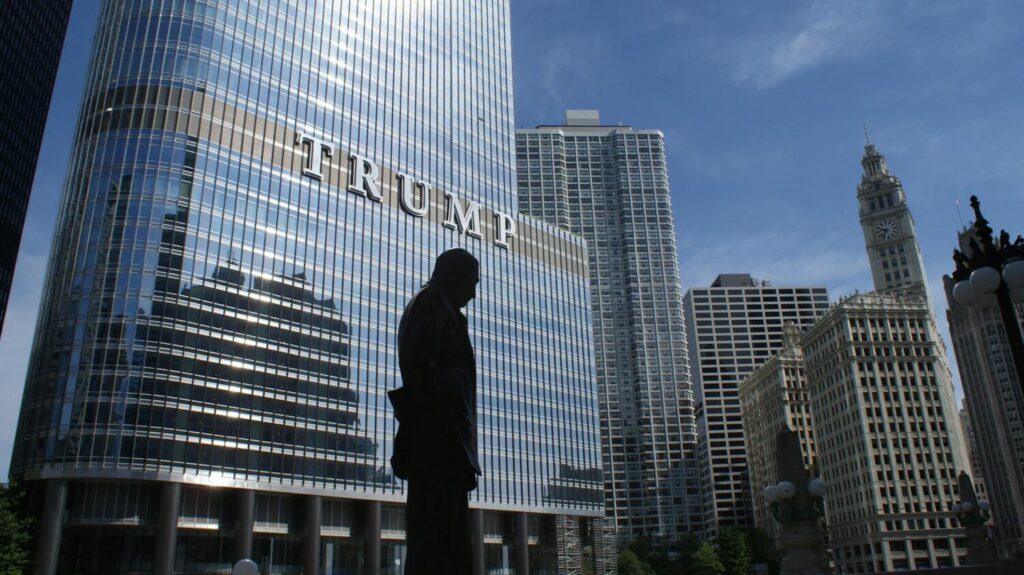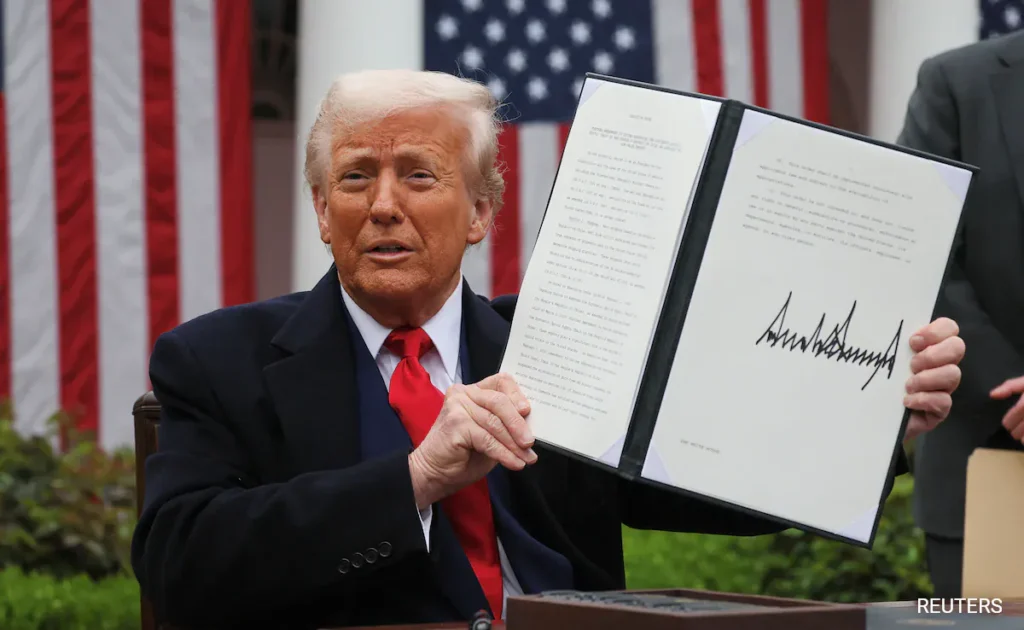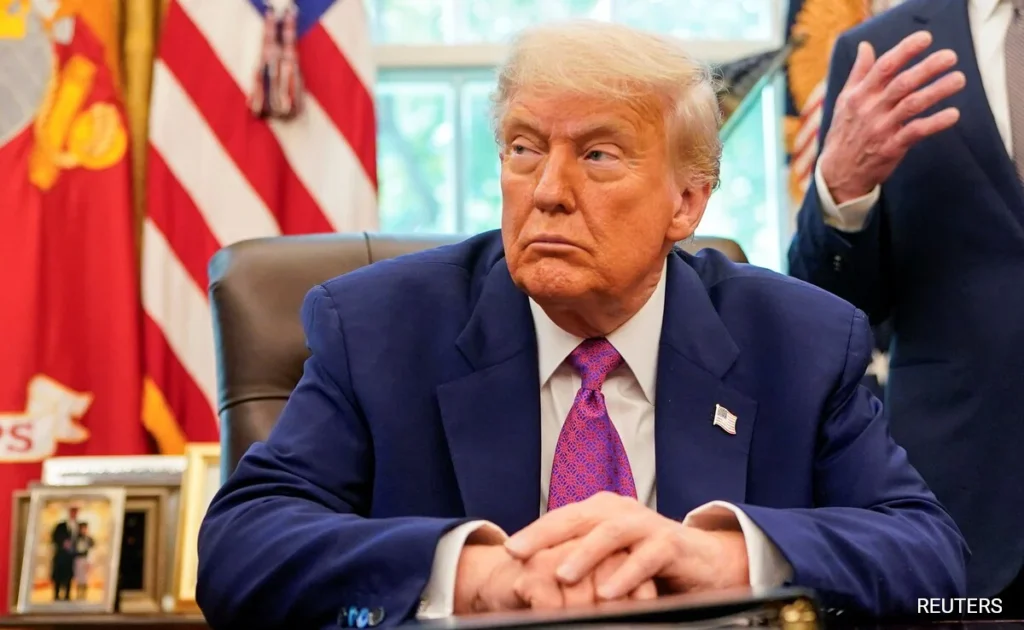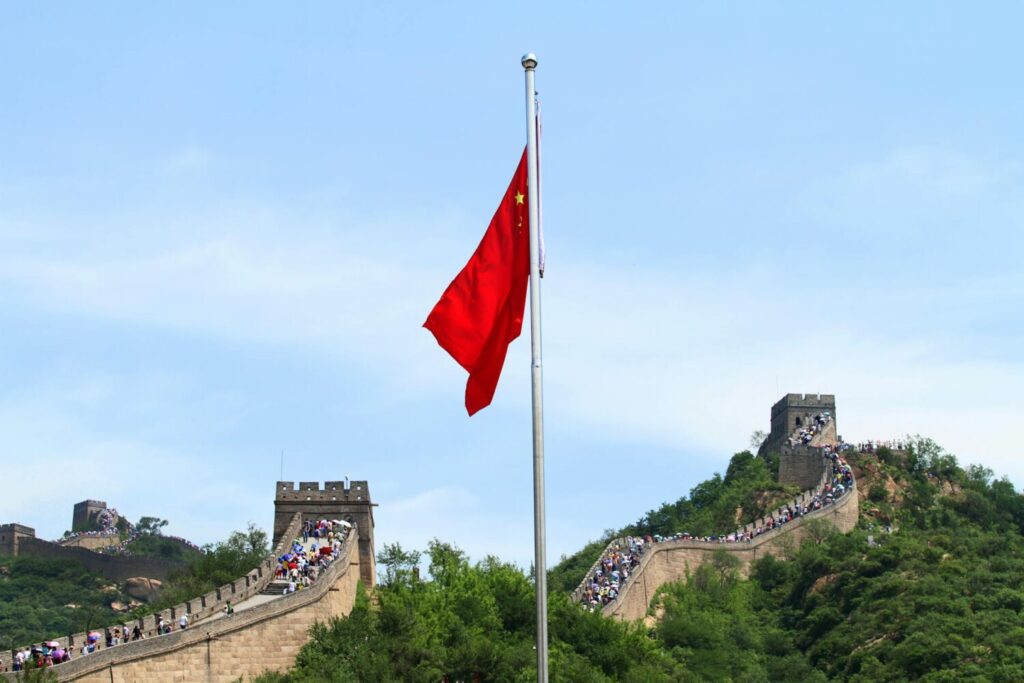President Donald Trump’s 2025 tariffs have ignited a global trade storm, targeting over 180 countries with rates up to 41%. Announced as “reciprocal” measures to address trade deficits, these tariffs aim to boost US manufacturing but risk higher consumer prices and global economic turbulence.
Tariff Rates for Top Countries
On April 2, 2025, Trump declared a national emergency, invoking the International Emergency Economic Powers Act (IEEPA) to impose a 10% baseline tariff on all US imports, effective April 5, with higher “reciprocal” tariffs for 57 countries starting April 9.
Key rates for major trading partners include:
- China: 54% (down from 145% after negotiations), plus a “fentanyl” tariff.
- Canada: 35% (effective August 1, 2025; USMCA-compliant goods exempt).
- Mexico: 25% (90-day reprieve extended, pending further hikes).
- India: 25%, plus an unspecified penalty for Russian oil and arms purchases.
- Brazil: 50% (10% reciprocal + 40% for prosecuting Jair Bolsonaro).
- European Union: 15–50%, varying by product.
- Japan: 15%.
- Vietnam: 20%.
- South Korea: 25%.
- Australia: 10% (lowest among major partners).
These rates, effective August 7, 2025 (except Canada’s), target trade deficits but have sparked global market volatility, with the S&P 500 and Nasdaq falling 4.88% and 5.97%, respectively, on announcement day.

Trump Tariff Rates for Key Countries
Effective August 7, 2025 (except Canada’s 35% from August 1), the tariffs include a 10% baseline for all imports, with higher rates for select nations based on trade surpluses or geopolitical tensions.
Key rates include:
- Africa: South Africa (30%), Algeria (30%), Angola (32%), Botswana (37%), Democratic Republic of Congo (10%).
- Asia: China (54%, down from 145%, including fentanyl tariff), India (25%, plus Russian oil penalty), Japan (15%), South Korea (25%), Taiwan (20%), Vietnam (20%), Indonesia (19%), Philippines (19%), Malaysia (19%), Cambodia (19%), Thailand (36%), Sri Lanka (20%), Laos (40%), Myanmar (40%), Bangladesh (35%).
- Europe: EU (15–50%, product-specific; Germany 15%, France 50% on wine), UK (10%, 25% on vehicles over 100,000 units), Norway (10%), Switzerland (10%).
- Americas: Canada (35%, USMCA-compliant goods exempt), Mexico (25%, 90-day reprieve extended), Brazil (50%, including 40% for Bolsonaro prosecution), Argentina (10%), Chile (10%, copper cathode exempt), Colombia (10%), Peru (10%).
- Oceania: Australia (10%), New Zealand (10%).
- Middle East: Saudi Arabia (10%), UAE (10%), Israel (10%), Turkey (20%).
- Other: Russia (35%), Iran (40%), North Korea (40%).
These rates, sourced from White House statements and trade trackers, reflect Trump’s focus on countries with large US trade surpluses or geopolitical disputes.

Are Trump Tariffs Good for the USA?
Pros:
- Revenue Boost: Tariffs generated $26.6 billion in June 2025 alone, nearly quadruple January’s haul, potentially funding domestic initiatives.
- Manufacturing Push: By taxing imports, Trump aims to incentivize US production, particularly in steel, aluminum, and autos, aligning with his “Make America Great Again” vision.
- Trade Leverage: Tariffs pressure partners like Japan and the EU to offer concessions, securing market access for US goods.
Cons:
- Consumer Costs: Yale’s Budget Lab estimates US consumers could lose $2,400 annually due to price hikes (e.g., shoes up 40%, clothing 38%).
- Economic Risks: The Federal Reserve warns of inflation and slower growth, with Goldman Sachs predicting a rise to 15% baseline tariffs. Manufacturing jobs fell by 11,000 in July 2025, countering Trump’s goals.
- Global Retaliation: China’s 125% retaliatory tariffs on US goods and disruptions in supply chains (e.g., soybeans, down from $9 billion to $6.6 billion in 2025) threaten US exporters.

The tariffs may bolster short-term revenue but risk long-term economic strain, with US consumers and businesses bearing significant costs. Economists argue the approach undermines global trade trust and efficiency.
Impact on India
India, facing a 25% tariff plus a penalty for Russian energy purchases, exported $86.5 billion to the US in 2024, with a $41 billion trade surplus. Key impacts include:
- Affected Sectors: Gems and jewelry ($8.5 billion), electronics ($6.5 billion), petrochemicals ($4.1 billion), and auto parts ($2.8 billion) face higher costs, potentially reducing competitiveness. Textiles may benefit as China faces steeper 54% tariffs.
- Market Reaction: Indian stock markets, including Nifty IT (-3%) and Nifty Auto (-0.64%), dipped post-announcement, reflecting recession fears.
- Economic Growth: Nomura estimates a 0.2% GDP hit, with Icra revising India’s FY 2025 forecast from 6.5% to 6.2%. However, India’s domestic-oriented economy may cushion the blow compared to export-heavy peers like China.
- Trade Negotiations: India’s talks for a bilateral trade agreement by October 2025 aim to double trade to $500 billion by 2030. Concessions on motorcycles and whiskey show flexibility, but agriculture and dairy remain non-negotiable, complicating deals.
India’s commerce ministry is analyzing impacts, emphasizing farmer and MSME welfare. While pharmaceuticals are currently exempt, future tariff revisions could pose risks.

Impacts on South America, EU, and the UK’s Trade Role
President Donald Trump’s 2025 tariffs, averaging 18.4% and targeting over 180 countries, have reshaped global trade.
With a 10% baseline tariff on all imports and higher “reciprocal” rates for 57 nations, these policies, effective from April 2025, aim to reduce the US trade deficit but risk inflation and global economic slowdown.
Impact on South America
South America faces significant challenges from Trump’s tariffs, with Brazil hit by a 50% tariff (10% baseline + 40% for political reasons, including Jair Bolsonaro’s prosecution) and other nations like Chile facing a 10% baseline.
Brazil, a major steel exporter to the US, could see reduced competitiveness, with 2024 exports of $4.8 billion at risk. Chile benefits from a copper cathode exemption (11.1% of its copper exports), easing pressure on its mining sector, particularly for Codelco.
However, tariffs disrupt regional supply chains, especially for auto parts and agriculture, with Argentina and Brazil facing higher costs for US-bound exports. Retaliatory tariffs from South America could escalate, but countries like Brazil are deepening ties with the EU and Asia to offset losses, potentially stabilizing trade by 2030 as global copper demand adjusts.
Impact on the European Union
The EU faces a 15% tariff on most goods, reduced from a threatened 30%, following a July 2025 deal with Trump.
This impacts major exporters like Germany (forecasted export drop from $155B to $149B by 2027), with industries like wine, spirits, and agriculture (e.g., French Cognac, 90% US-bound) facing higher costs.
The EU’s economy is projected to contract by 0.3% in 2025, manageable compared to past crises like COVID-19 (-5.6%).
The EU is countering by forging trade agreements with South America, India, and Asia, aiming to reduce reliance on the US. While auto and semiconductor sectors secured exemptions, the EU’s restraint from immediate retaliation reflects a strategic push for negotiation, though tensions persist over digital taxes and trade imbalances.

The UK’s Position and Relevance
The UK has secured the lowest US tariff rate at 10% for most goods, including the first 100,000 vehicles exported annually (~£58B in 2024 exports, mainly cars and pharmaceuticals).
A May 2025 framework agreement with the US, covering beef and ethanol, underscores the UK’s diplomatic agility post-Brexit. However, vehicles exceeding the quota face a 25% tariff, and EU-manufactured UK brands like Land Rover (Slovakia) incur 30% EU tariffs, impacting Tata Motors.
The UK’s relevance in global trade is bolstered by its pivot to non-US markets, including the EU and CPTPP, but its smaller economy limits its influence compared to the EU or China.
The UK’s strategic trade deals and WTO advocacy maintain its role as a nimble player, though it remains secondary to larger blocs.

TECHNOCRAT’ Magazine
TECHNOCRAT Magazine is a premier publication dedicated to exploring the intersection of technology, innovation, and business, catering to a global audience of tech enthusiasts, industry leaders, and policymakers.
Known for its in-depth analysis and forward-thinking content, the magazine covers emerging trends like AI, blockchain, digital transformation, and global trade policies, offering insights that shape the future of industries.
With a focus on actionable intelligence, TECHNOCRAT bridges the gap between cutting-edge research and real-world applications, featuring expert opinions, case studies, and data-driven articles. Its commitment to fostering innovation makes it a trusted resource for navigating the complexities of the digital economy.

Comments